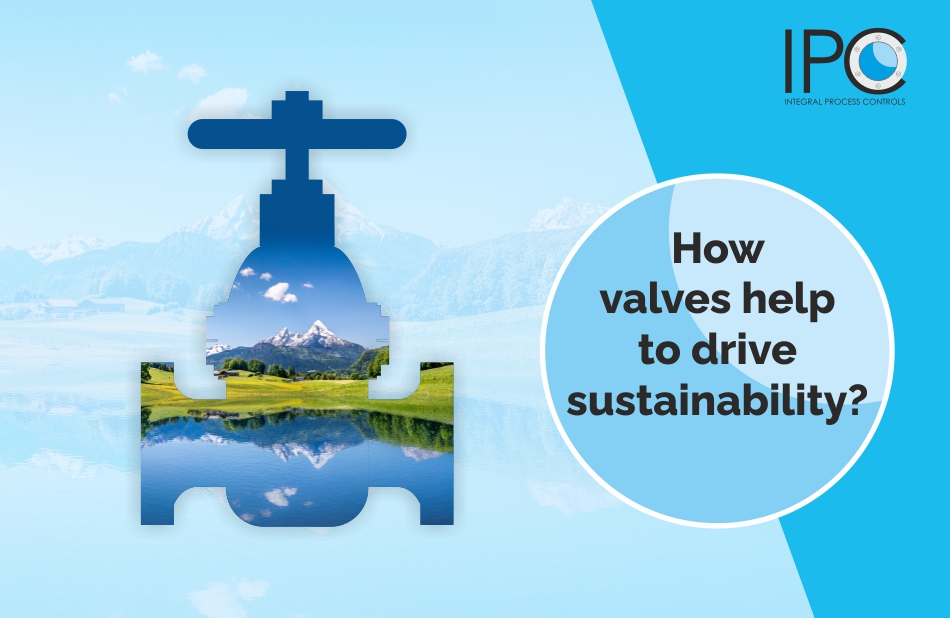Say a thank you….or pause and take a deep breath….or smile!
Often it’s the small things that can make a big difference to our daily lives.
That stands to be true and similar when it comes to the impact of valves on environment and sustainability.
Valves may seem small but can be a powerful tool in the efforts towards decarbonisation, UN’s sustainable development goals and overall environment conservation efforts.
Introduction
From creating profits and shareholder value, the global corporations are shifting the way they measure success. Increasingly, contributions towards enhancing the environment is recognised as a key purpose and parameter that defines the success by global corporations.
In case of valves, the potential of contributions towards enhancing environment are particularly being recognised in the oil and gas domain. In this article, we explore the important ways in valves can help improve environment from product and application point of view. These include ways and means to improve valve designs that are focused on mitigating climate change to best-practices and standards for sustainability.
Valves are a key driver of sustainability in multiple industries
Valves are key to improving energy efficiency, reducing wastage of energy in the form of steam or water, lowering material wastage and many other areas that directly or indirectly contribute to sustainability.
To succeed in such initiatives is rarely possible without improving the performance of the valves. In every energy intensive industry – from oil and gas, power, chemicals to pharmaceuticals, valves have a key role to play in reducing energy consumption and thereby impacting the sustainability goals.
Better valve designs improve sustainability
While the valves have evolved in terms of design and performance, their primary use continue to be controlling the flow of fluids and leakage prevention. Overall, the valve designs have evolved to significantly reduce energy losses from friction, turbulence, heat dissipation, leakages and many other parameters.
Further, leakages of green house gases (GHGs) or damaging gases from refineries, chemical plants, pipelines and wastewater treatment plants such as methane, are a significant and growing threat to sustainability. The role of valves is critical in reducing the impact of such hazards.
Use of recyclable material
A typical motorised or automated valve could include well over 300 components. The reusability, sustainable performance of such components is important to aid environment goals. A major step here is many of the coatings used in valves are now using combinations with lesser Volatile Organic Compound (VOCs). Powder based coatings in valves with zero emissions are also gaining popularity owing to safe disposal and sustainability.
Sustainability at IPC Valves
Our efforts through continuous R&D have contributed to several product improvements that promise better reusability, and sustainability. Also, as a required element of many standards, and quality management systems, that IPC Valves is committed to, the excess and scrap materials are carefully controlled, segregated, and shipped to recycling centers for reprocessing.
In future our effort is to be responsible and put back every item we produce or consume back into a sustainable ecosystem. From the castings we use in valves to initiatives for digital factory, we want sustainability to seamlessly flow through each of our actions.

